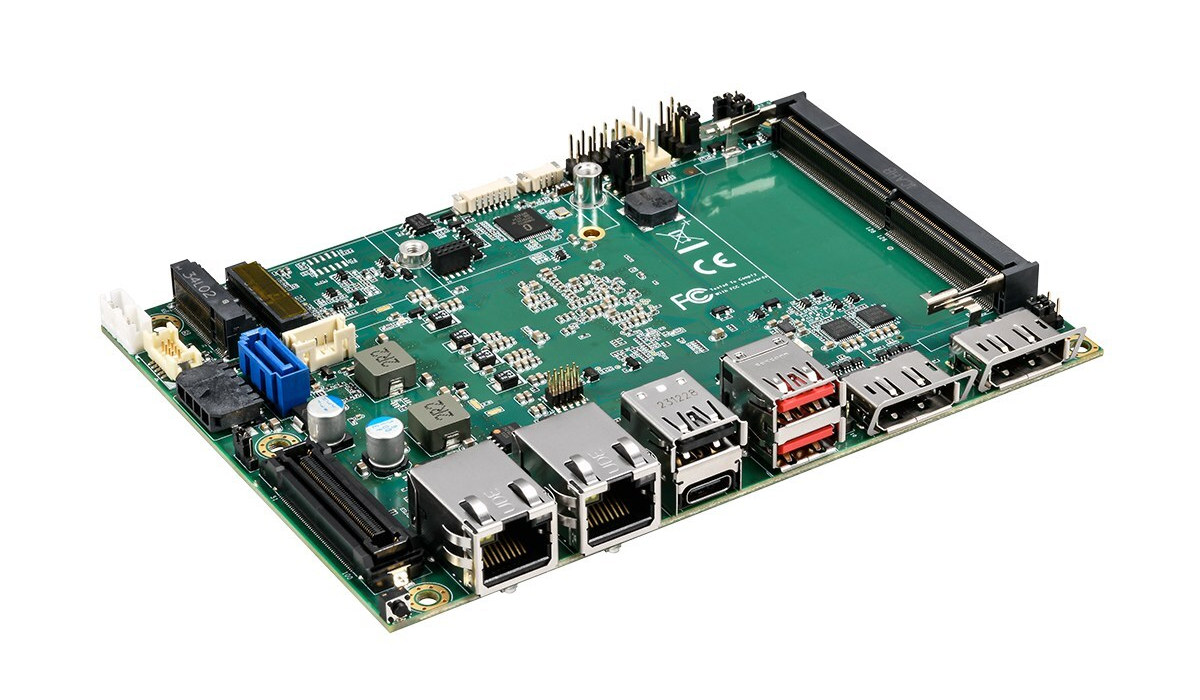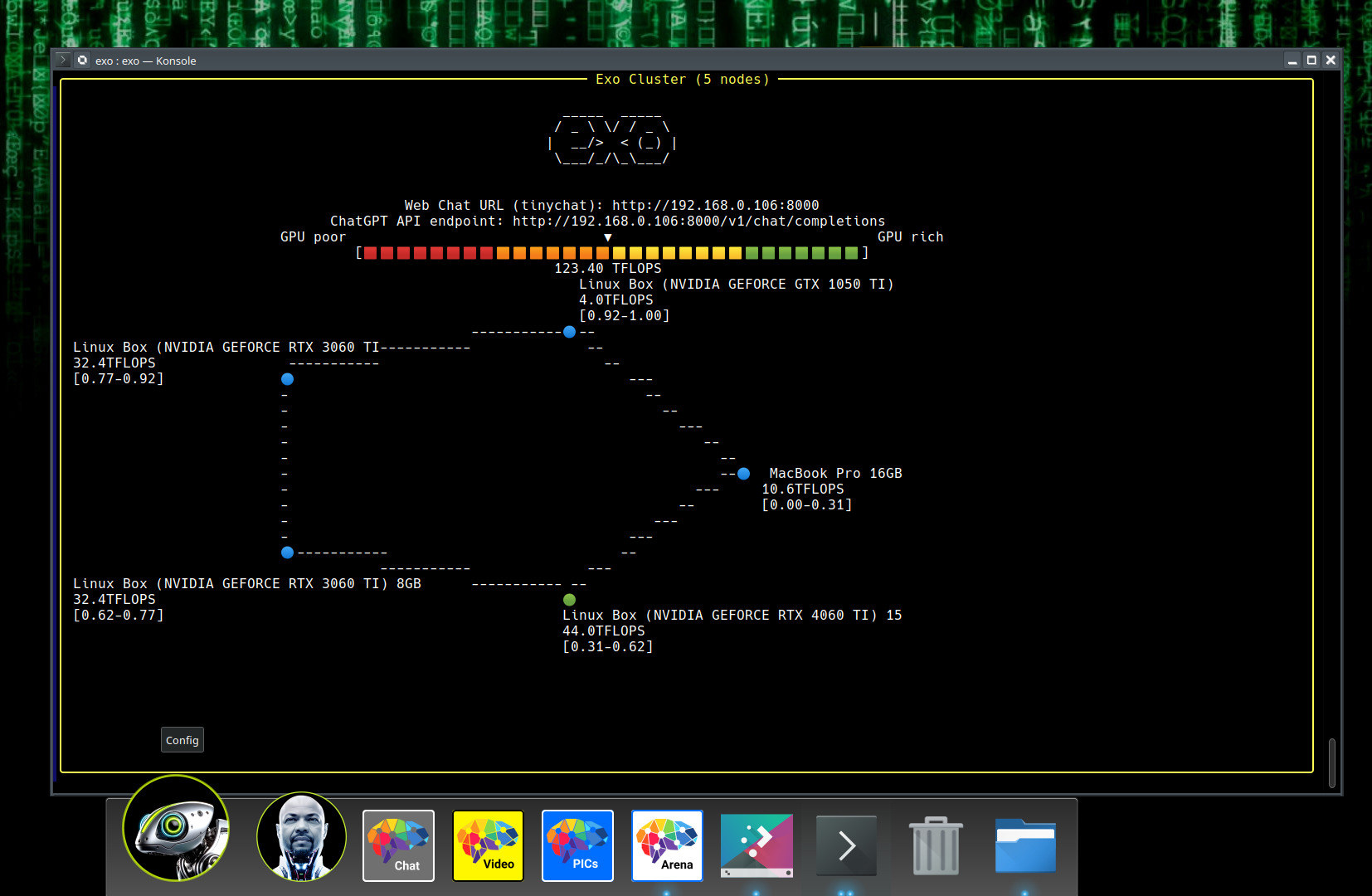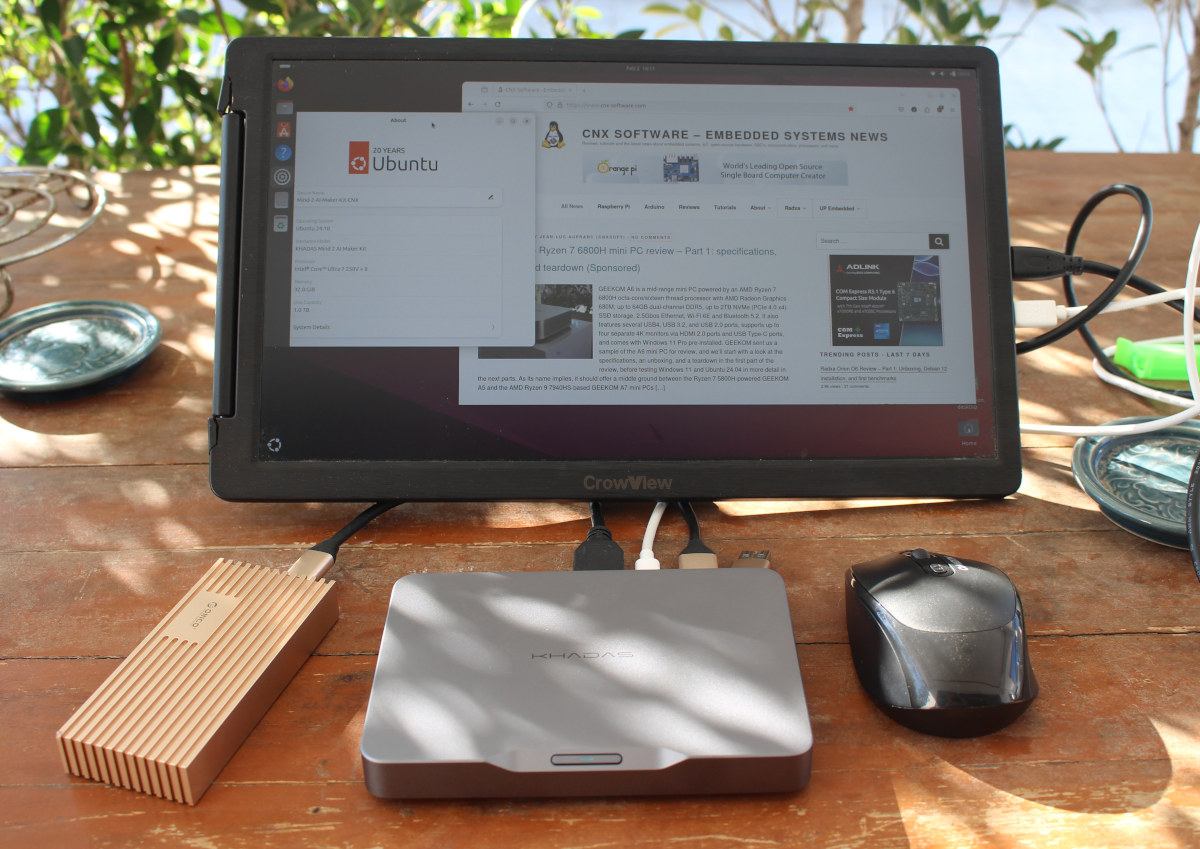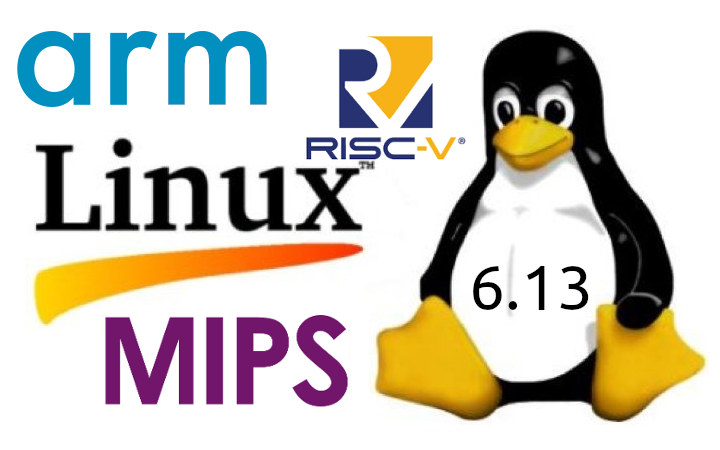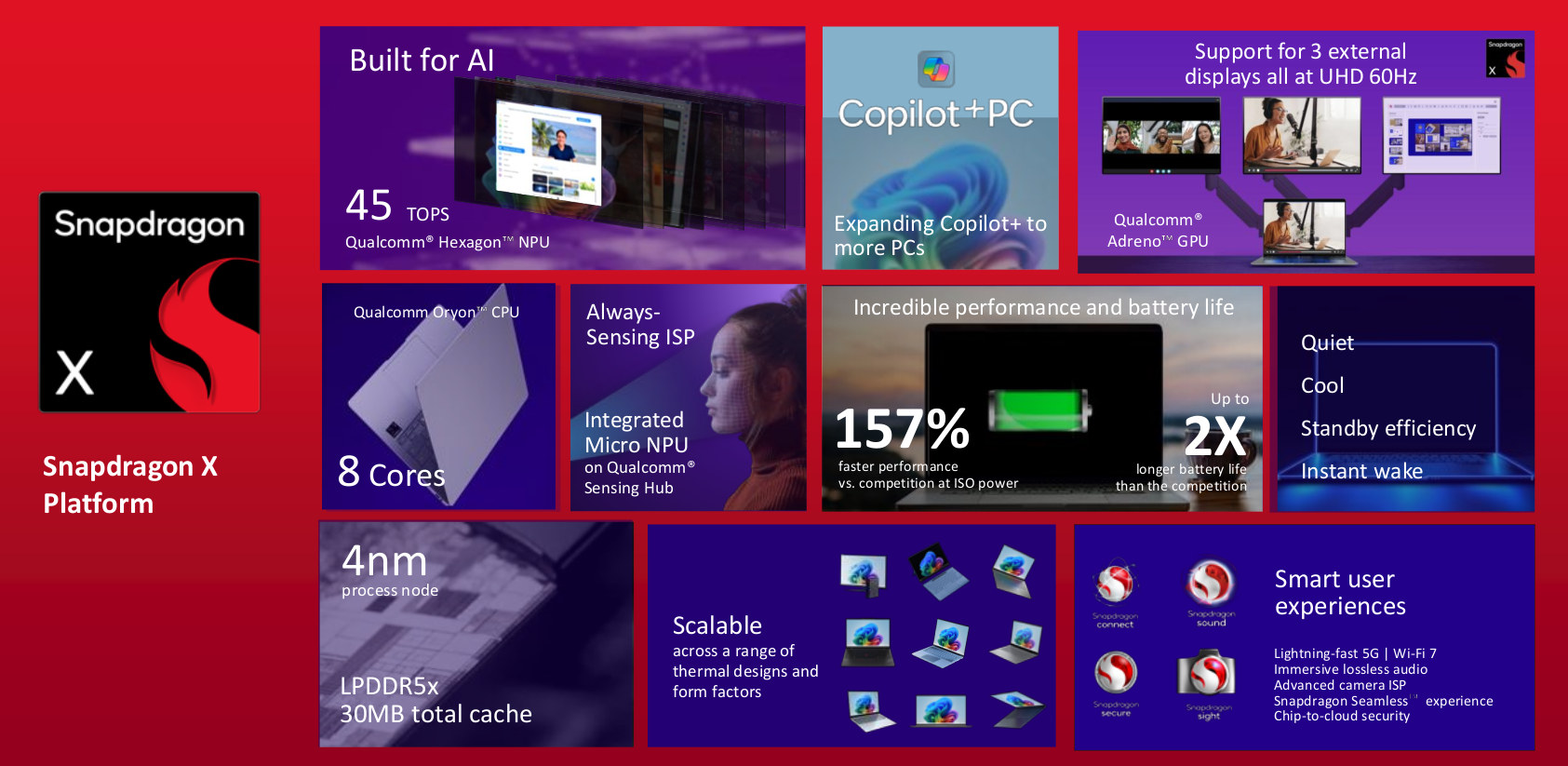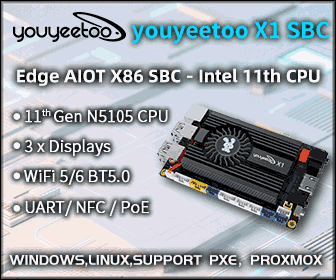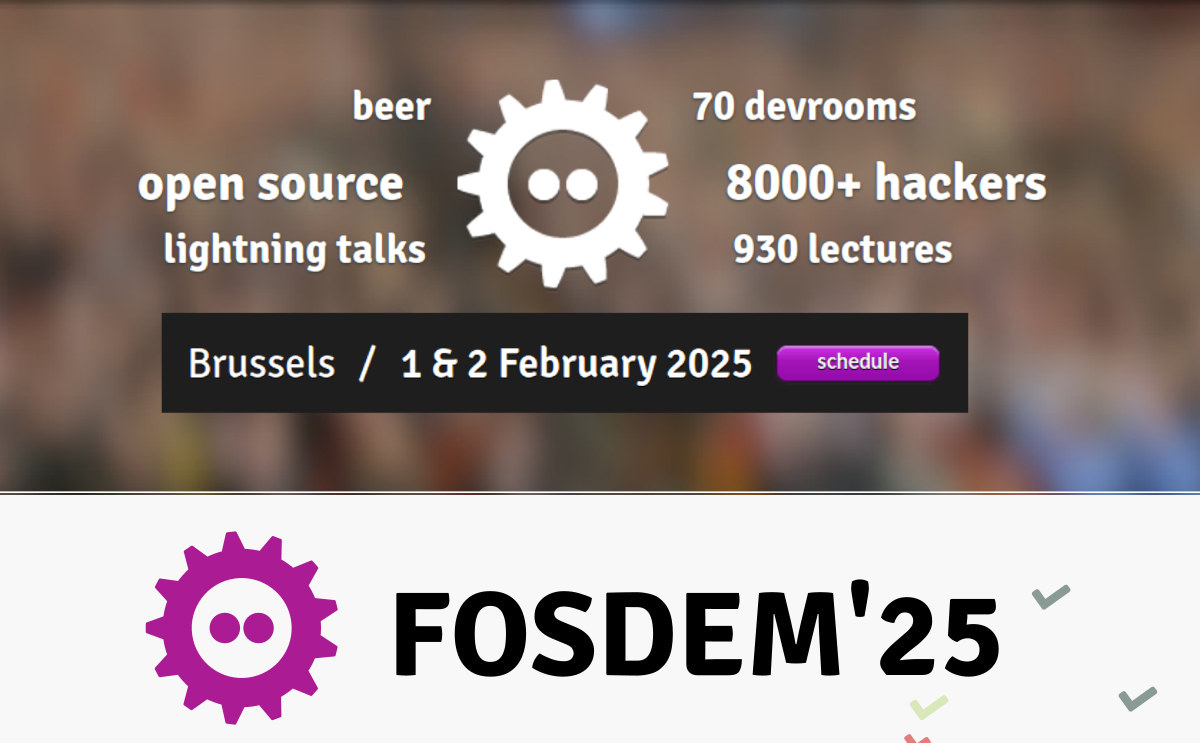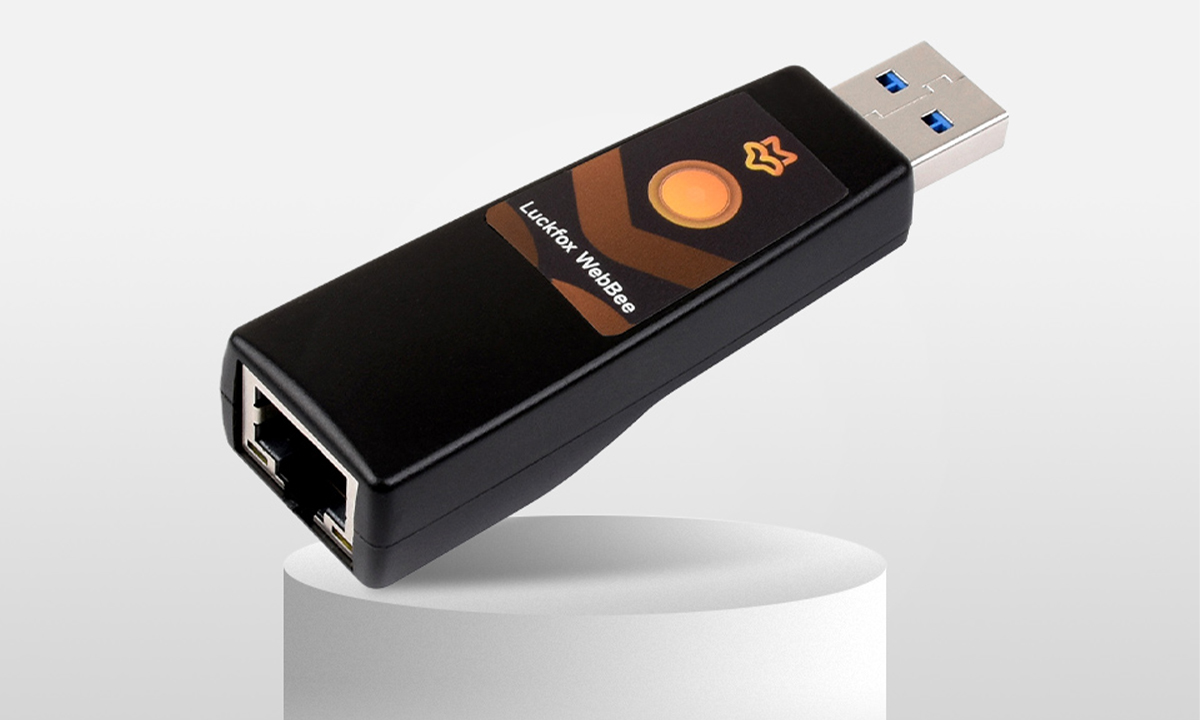Kontron 3.5″-SBC-AML/ADN 3.5-inch Amston Lake/Alder Lake-N single board computer offers three DisplayPort video outputs
Kontron 3.5″-SBC-AML/ADN is a 3.5-inch single board computer powered by either Intel Amston Lake (Industrial grade) or Alder Lake-N (commercial grade) processor and designed for applications such as automation, healthcare, smart city, and smart retail. It builds upon the smaller Kontron 2.5”-SBC-AML/ADN Pico-ITX SBC with many of the same features, but replaces eMMC flash storage with an M.2 SATA/NVMe socket and a SATA connector, features DDR5 SO-DIMM memory instead of soldered-on LPDDR5, and the larger PCB size allows it to gain an extra DisplayPort connector, a USB 2.0 Type-A port, additional serial ports, and a board-to-board (B2B) connector for expansion. It also supports a wider 9 to 36V DC range. Kontron 3.5″-SBC-AML/ADN specifications: SoC Standard Intel Atom x7211RE dual-core processor up to 3.2GHz with 6MB cache, 16EU Intel UHD graphics; TDP: 6W Intel Atom x7433RE quad-core processor up to 3.4GHz with 6MB cache, 32EU Intel UHD graphics; TDP: 9W Intel […]


